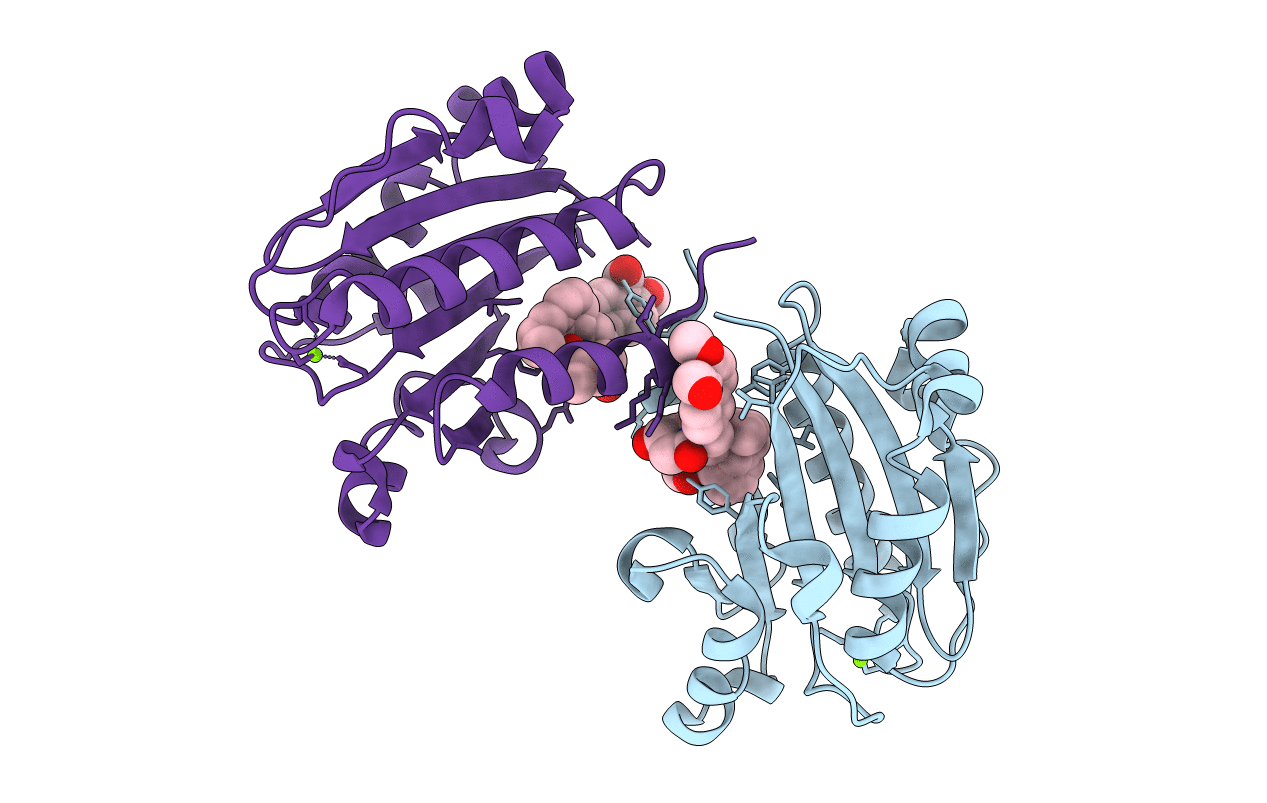
Deposition Date
2004-09-06
Release Date
2004-09-21
Last Version Date
2023-10-25
Entry Detail
PDB ID:
1XDD
Keywords:
Title:
X-ray structure of LFA-1 I-domain in complex with LFA703 at 2.2A resolution
Biological Source:
Source Organism:
Homo sapiens (Taxon ID: 9606)
Host Organism:
Method Details:
Experimental Method:
Resolution:
2.20 Å
R-Value Free:
0.20
R-Value Work:
0.16
R-Value Observed:
0.16
Space Group:
P 43 21 2


